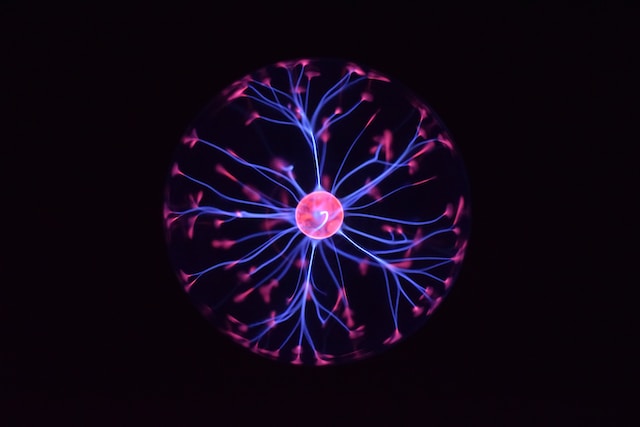The average human lifespan has continuously increased in a dynamic fashion over the past centuries. Thanks to exponential growth in science and technology, inhabitants of present-day society are now living significantly longer than their ancestors just a couple of generations back. Advancements in the medical field, for instance through the development of antibiotics, coupled with expanding public health facilities around the globe, has meant that we are now healthier and have managed to live longer lives than our predecessors. Inspired by this steady progress, supporters of extended human lifespan envision a future in which death can be defied altogether, especially through an interplay of advancements in biological sciences and artificial intelligence.
One such aspect that gives reason to be optimistic, at least in theory, has emerged with the introduction of relatively recent developments in technology that aim at making human life immortal. The technology of cryonics, though received with a healthy dose of skepticism, has inspired scientists and futurists to believe that we are not far behind in the race against ageing. The prospect of infinite life might even be in closer proximity than previously expected.
What is cryonics?
Cryonics is a new-age concept of preserving a recently deceased individual at extremely low temperatures with the goal of repairing and replacing the tissues in order to revive the individual in the future when science and technology allow for it. Currently, there are a few companies that already offer cryopreservation facilities. These are mainly located in the US (for instance the Alcor Life Extensions Foundation and Cryonics Institute in Arizona) and Europe (Tomorrow Biostasis in Berlin). The bodies are not considered dead, but rather “metabolically challenged,” and are stored in a cryogenic vessel filled with liquid nitrogen, frozen to -196 degrees Celsius. The blood from the bodies of the deceased is drained out and replaced with preservatives and medical-grade antifreeze (commonly called cryoprotectants, for example dimethyl sulfonic oxide) that prevents tissue and cell damage otherwise caused by the frozen ice crystals.
What makes the concept seemingly viable?
Significant inspiration comes from nature itself suggesting that cryonics-based revival could actually work. For instance, the winter-time hibernation of animals can be considered a closely-related phenomenon . Moreover, the ability of Siberian salamanders to revive after years of permafrost, surviving such extreme cold, indicates that there exists biological compatibility for the technology of freezing human bodies. Success in freezing-and-reviving lesser complex systems, as for instance sperm and embryos also supports the idea that with a proper understanding of the science behind it, longevity is indeed attainable. There have been other proven instances of functional recovery of organs like kidney and brain cells in small mammals after being frozen, stored, defrosted and then transplanted back to an animal. Another incident that sparked hope occured in 2016, when a 26-year-old college student, after being drunk and frozen in the snow without any pulse or heartbeat for hours, was successfully resuscitated. All these examples add to the optimism that living much longer, if not forever, will indeed become a reality in the near future.
What advancements still need to be made for cryonics to be successful?
It is a fact that the volume of actual scientific research conducted within the field of cryonics is still limited. When searching for the keyword “cryonics” in the leading medical journal search engines, only 26 papers appear in total. Almost half of these results discuss ethical and philosophical implications rather than the experimental or procedural details of the process.

Based on the body of literature that is currently available, the following key issues pose constraints to the feasibility of cryonics in near future:
1. The time limitation: The process of freezing should be carried out immediately (within 6 minutes) after death. Each second without oxygen and nutrients means more dead cells and tissue damage, which results in a lesser chance of functional recovery after death. Therefore, timing is key.
2. The toxicity of the cryoprotectant: With Higher concentration and volume of cryoprotectants like DMSO, isopropyl or alcohol can become toxic to the cells. This makes it imperative to rinse off the material before the supposed revival.
3. The shock: At present, there is still a lack of concrete models on how the body responds to the ‘extreme’ freezing and eventual thawing at the revival. More research is needed on the inherent capacity (and biology) of the human body and its tolerance to abrupt change, looking closer at the intricacy of human body systems.
Besides such technical limitations, there are philosophical and ethical questions that need to be taken into consideration as well.
Despite all challenges, developments in nanotechnology and vitrification suggest that the research in this domain is advancing and is expected to further progress in the future. Though unlikely at present, we can assert that the confidence in the revival post-cryopreservation is increasing on a daily basis. Whether that confidence yields into reality, however, is yet to be determined.














